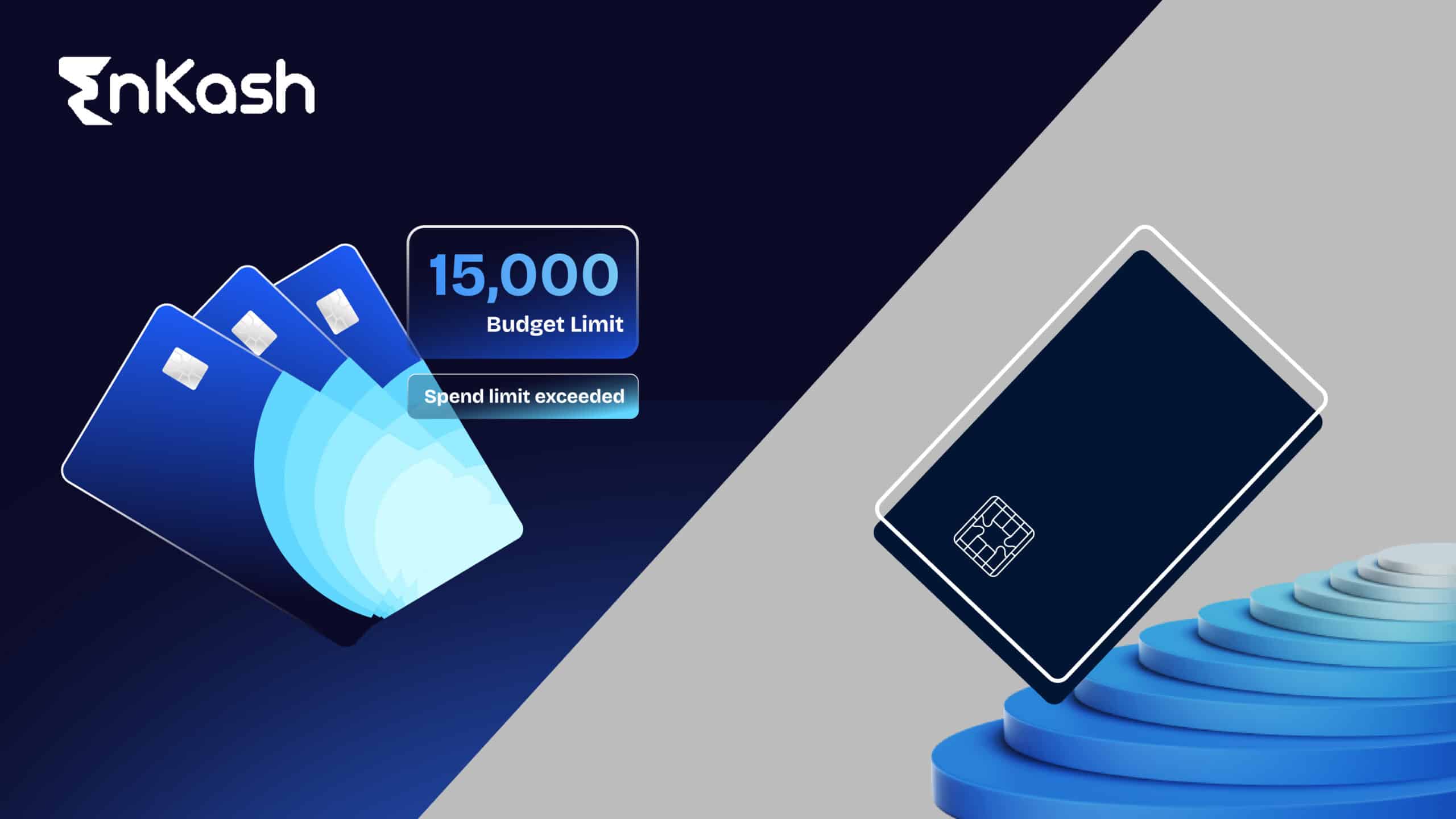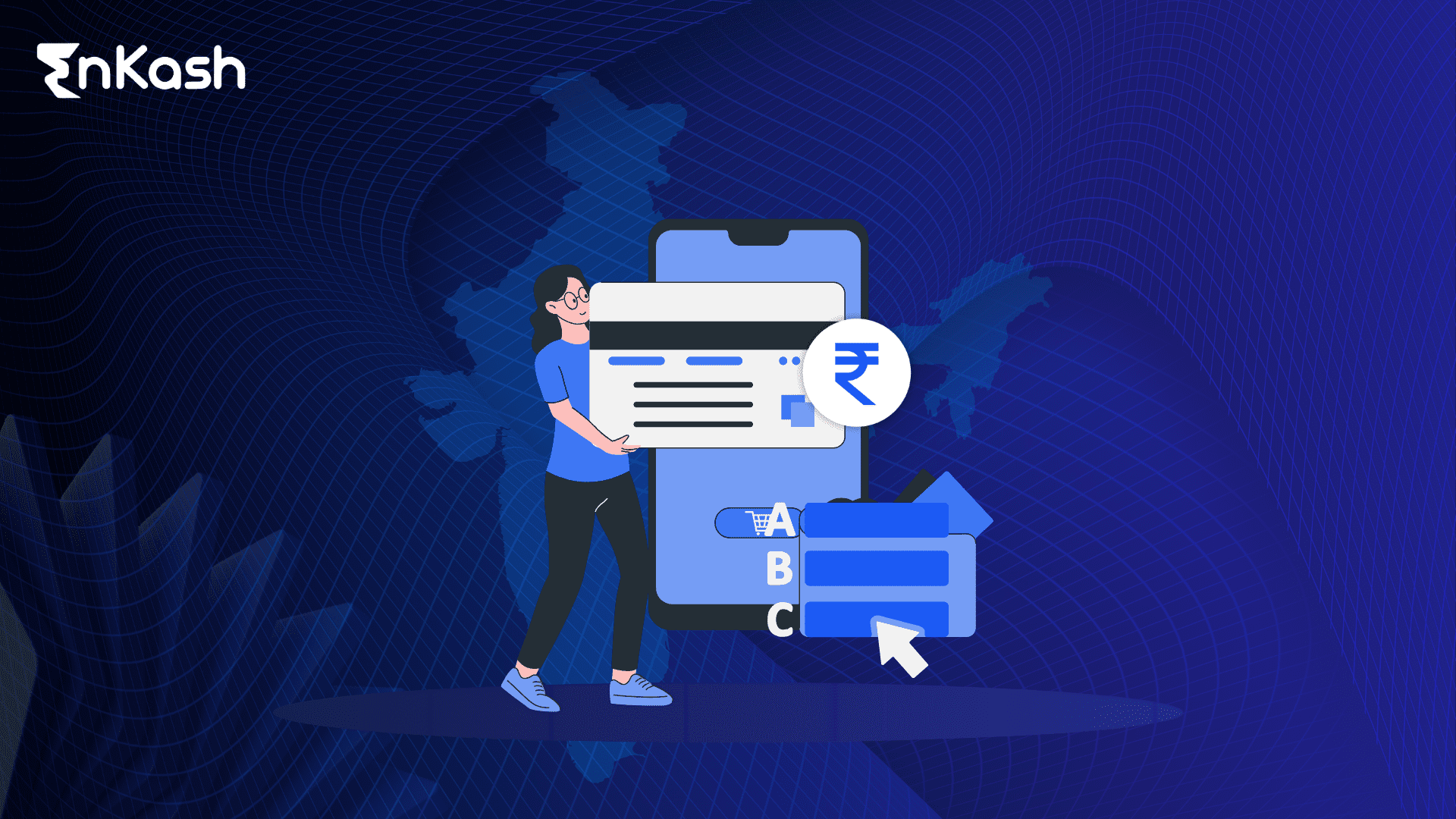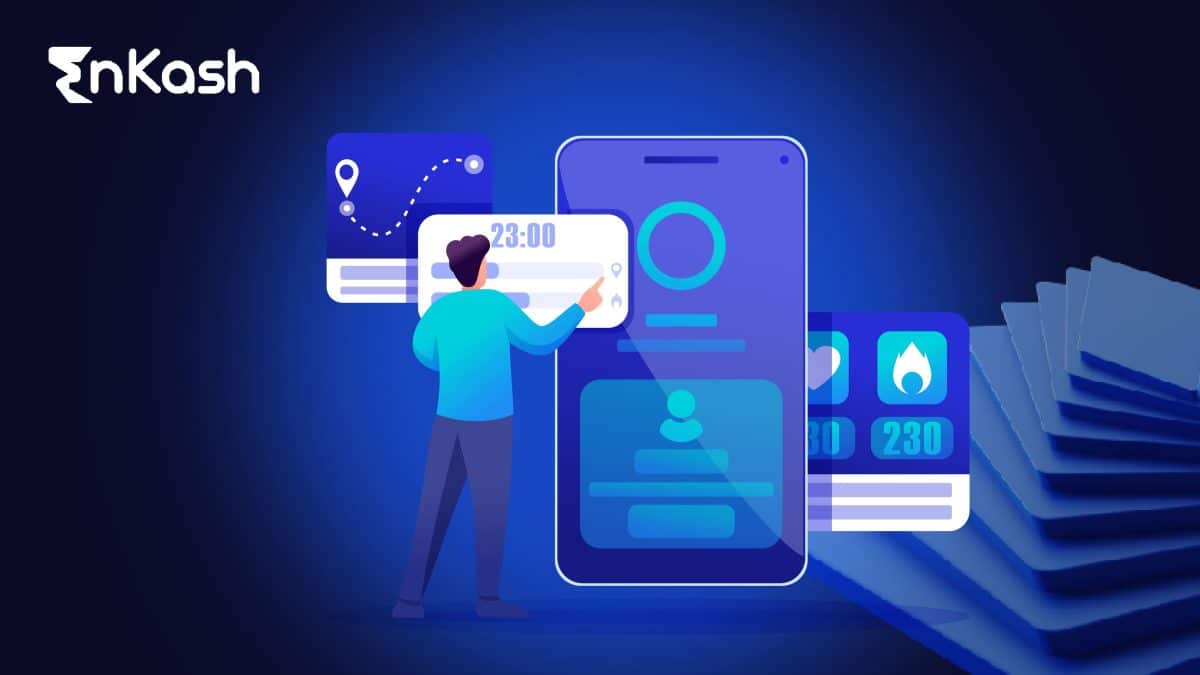With time things change, and this is the law of nature. The most significant changes have been noticed in the Economy. In the pre-historic period, the mode of payment was a barter system, then coins came. Later on, people saw the currency, and in the modern-day, the rise of virtual payment changed the complete scenario and people are frequently applying for a business credit card as well. Digital Payment took the place of currency, and in the next generation, some other mode will appear. Concerning such drastic changes in the mode of transactions, EnKash introduces you to the virtual Purchase card. It is emerging as the best corporate card to give a quick solution for managing and monitoring all your business expenses from one dashboard.
What is Digital Payment?
Most of the SMEs and vendors think about digital payment, and in practice, they are in a dilemma to use this payment mode. Small enterprises give more value to physical currency than others because their belief in physical currency and lack of information about virtual currency made them do so. Digital Payment is the advanced form of payment mode where the transaction is done against the value from the account of one person to another. The applicable devices for this payment mode are computers, smartphones, tablets, POS, and digital communication platforms.
Digital Payments In India – The History & Trends
India is the fastest-growing economy in the world, and with time, India has also witnessed many changes and now following the trend of digital payments in India. Many Fintech companies are offering virtual currency features such as GPay, PayTm, and others. The net emerging firm in the same line is EnKash which is offering corporate cards for seamless and secure payment for B2B. Corporate cards for long have been an important instrument in business payments.
With more and more businesses pushing towards utilizing cards for their business payments, there is an upward swing in acceptance of purchase cards as a means of procuring goods and doing business payments However one needs to understand the digital journey of cards and the socio-business impact it has created in the entire ecosystem. Let us see how the overall card industry has evolved.
The Inception Story and more (1950s to 1970s)
It started more than 7 decades ago when businessman Frank McNamara realized that he had forgotten his wallet while dining out at a restaurant. He thought of a charge card as a payment alternative in case anyone is stuck in a similar situation. This instance led to the birth of the world’s first credit card in the form of – The Diners Club International charge card (cardboard format). This led to specific restaurants, hotels, and even department stores accepting these cards allowing users to buy things without having cash at the moment.
Even travel firms were also enrolled in the Diners Club Card to facilitate travelers to purchase tickets from anywhere around the world. In essence, the Diner Club provided the facility to shop at several stores using the same card. Customers paid based on the monthly statements they received, while businesses paid a service charge to the card issuer. The card phenomenon became a hit, and more thousands of people adopted it in the first year of business.
By the 1960s, the Diners Club had more than 1.3 million members to its card program. More innovations came in the form of the first magnetic strip credit card, which replaced the cardboard format. After this, the cardboard versions became plastic format.
Banks and other companies noticed the success and started launching their version of the cards. In the mid-1960s, BankAmericard (now VISA – Visa International Service Association) launched its first card known as the Travel & entertainment (T&E) card, which as the name suggested, was primarily used to pay for travel and entertainment expenses
The decade also saw the formation of the Interbank Card Association (now MasterCard) which came together to form the first national credit card system.
The 1970s saw an increase in acceptance, popularity, and usage of the credit card – all combined to give rise to the intricate business payment systems we see today – including banks, card issuers, card networks, and processors. The 70s also saw the advent of plastic cards, and cards with magnetic strips to curtail the increasing card fraud.
The strip would contain the required financial details of the user that would help in the instant and secure transfer of money across banks. It was in this decade that we saw the introduction of corporate credit cards, though it took a few decades before it came into prominence. Corporate cards had features more suitable for businesses as against personal use.
Have a look at the best credit card for travel to India to manage your business travel expenses.
The Progression Phase (1980s to 1990s)
The 1980s recession also fueled the growth of credit cards. The decade also saw the birth of the concept of co-branding credit cards and the advent of loyalty-based reward programs. Many airlines partnered with banks to incentivize their frequent flyers for every trip by giving them points they can collect and redeem later. Many offers and schemes like cashback were also introduced to lure more and more people to take part in the card program
The digital journey of cards continued in the 1990s. In India, many banks started issuing debit cards, to give the user the ease and convenience to withdraw money at any given time, from an ATM. These debit cards started getting known as ATM Cards.
The Digital Age (2000 to 2010)
The new millennium saw more users have magnetic strip-based debit and credit cards than cash. The decade also saw technological advancements made to curtail fraud and make the ecosystem more secure. The innovation phase came again in the form of chip cards in 2003. Since then chip-based cards have taken over as a dominant form of payment using better processing power leading to a more secure and seamless payment mechanism.
Travel became a big thing in the decade years of 2000. Talking specifically about India – with the launch of national and international portals like IRCTC (Indian Railways), travel booking sites (MakeMyTrip), and low-cost airlines (Indigo, SpiceJet, etc) users started using more online services and started using cards other than just internet banking for digital payments.
Best Travel Credit Card India – A Step Towards Secure Digital Payment
A travel Credit Card is best for one who is a frequent flyer as the Airline Companies and associated partners offer cashback, air mile traveling points, and other perks. Best Travel Credit Card India is listed below.
Citi Premiermiles Credit Card
In the Citi travel credit card, the flyer gets a lot of perks, and the best part is the redemption of the points on every airline. The points never expire, and to get a good quantity of points, the flyer needs to spend more on the airlines. For instance, if a person spends Rs 100 on the airline, he/she will get 10 points. Likewise, the proportion will increase, and once the points reach the good limit, the flyer can redeem the same. The Annual fee of the Citi PremierMiles Credit Card is Rs 3,000, and the renewal charge is also the same amount. It is one of the best credit cards for travel in India options.
Sbi Air India Signature Credit Card
It’s a joint venture of two leading firms; one (SBI) is a giant in the banking sector, and another (Air India) is the leader in the airline sector. The perks and benefits of airlines are applicable for Air India flights only. A person who spends Rs. 20 lakh yearly on Air India, and then uses this digital payment in India card, will get a reward of Rs 1 lakh. Moreover, this best credit card for travel in India also gives a complimentary priority pass membership feature. The annual charge of the SBI Air India Signature Card is Rs 4,999, and the renewal charge is the same amount.
Axis Bank Vistara Travel Credit Card
This card is applicable for the flyer who frequently chooses Vistara Airlines for traveling. Upon spending on the airlines, this card gives 2% club Vistara points that can be redeemed. The annual fee of this card is Rs 3,000, and the renewal amount is the same. Other best travel credit cards in India are SBI Card Elite, HDFC Regalia Credit Card, MakeMyTrip ICICI Bank Signature Credit Card, and IndusInd Bank Legend Credit Card.
With e-commerce companies mushrooming, payment between merchants, platforms and the user became an area of improvement. Online merchants were looking for easy ways of transaction and accepting card payments online. This gave rise to online payment systems and companies. Online payments since then have become increasingly streamlined, for both users and merchants.
The 2000s also saw the rise of the EMV (Europay, MasterCard, Visa) network – which became the global standard for simple, convenient, and secure payments using the EMV payments network infrastructure and bank cards. The rise was further strengthened with the introduction of NFC (Near Field Communication) cards. The technology enabled technology. – the complementary technologies delivered more secure payments for the merchants as well as the users
The increased importance of B2B payments (2010 onwards)
The global rapid rise of smartphones, along with technological advancements in financial products, pushed to a more customer and merchant-friendly, simplified payment process. Banks & payment aggregators realised the importance and reach of mobiles, and came up with innovations to suit the device.
Later in this decade, there was a string of innovations around POS machines – making it easier for merchants to collect non-cash payments. Business-to-business (B2B) payments also gained more importance and acceptance as more and more businesses moved to the digital route of payments and incurring expenses. This led to the birth of a lot of B2B financial technology (Fintechs) that helped accelerate the digital business payments trend.
More and more banks also realized the importance of up-in their game and started working on issuing offerings specifically for corporates to make business payments more seamless. Fintechs like EnKash have since inception partnered with many national and international banks, as well as payment networks to provide innovative solutions for corporates with Travel, Fuel, Expenses, and Commercial Credit Cards
With more emphasis given to the merchant/business side of the transaction, there has been continuous evolution towards technology-enabled software and tools that accelerate the payment process and take care of any gaps that have earlier existed.
New-gen businesses increasingly demand feature-laden platforms and have since then provided an opportunity for the usage of purchase cards and other forms of cards against business transactions through digital payment. These platforms and software need to be easily integrated with various accounting tools, e-comm platforms, and banks to give a comprehensive solution to the enterprise.
There has also been an increasing importance given to Purchasing cards (P-cards) for the Procure-To-Pay process. More and more businesses are using it and more and more banks are issuing them.
EnKash Purchasing cards are commercial or corporate cards that companies can use to make B2B payments. The P-Card streamlines payment and purchasing procedures, reduces the administrative burden traditionally associated with small-dollar value purchases, and allows for quicker receipt of goods.
EnKash Virtual Card offers more accountability through consistent and timely reconciliation processes and electronic management controls by contributing to the best digital payments in India. offers more accountability through consistent and timely reconciliation processes and electronic management controls.
In Summary
Card-led payments have come a long way since the start. No matter what era, what products or services, or whatever banks/ organizations – the objective has always been to make payments more seamless, secure, and simple using the best travel credit card in India. What started from a B2C-led solution has slowly but steadily entered into the B2B solution, with more and more banks and fintech acknowledging the importance of this part of the payment ecosystem.
Instruments like T&E cards and purchase cards have been at the forefront to make lives simple for the corporate world, with newer and more evolved features and benefits passed on to the corporates towards accepting digital payment.
As an SME or an entrepreneur, if facing difficulty while applying for a business credit card, then EnKash is there for you. The firm gives all the assistance to the business owners so that they can perform the business smoothly.













